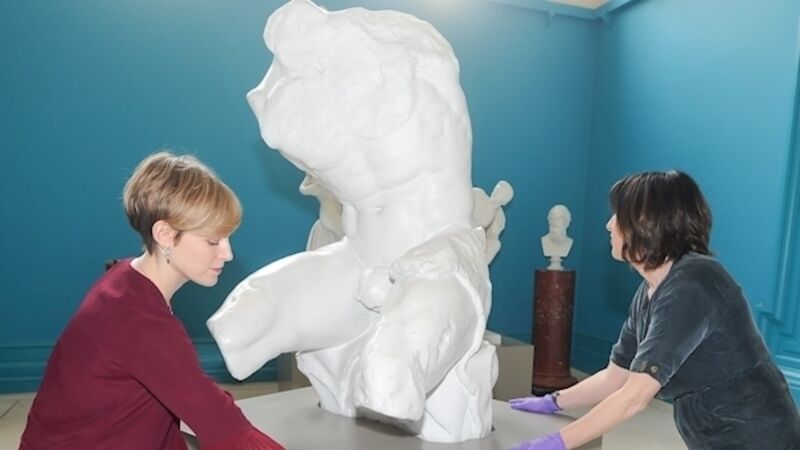How the Canova Casts came to Cork from the Vatican

As the Crawford revamps its Sculpture Gallery, explores the fascinating story involving Napoleon’s mother, Pope Pius and a Kerry viscount.
To celebrate the bicentenary of the founding of the then Cork School of Art and the gifting of the Canova Casts to Cork, the Crawford Art Gallery has revamped the sculpture galleries in which they are displayed.











